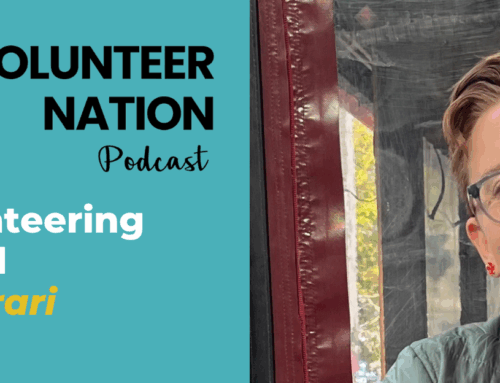Why You Need Around the Clock Volunteer Communications
The public now expects to access information at any time of the day or night. Are nonprofit organizations ready to deliver around the clock volunteer communications? Not all, not yet, but it’s imperative.
Think about it. News now runs on a 24-hour cycle. We expect to be able to track the current state of affairs either on TV or on the web in the afternoon or the middle of the night. Think of any significant news event in the last five years. Were you able to follow it as events unfolded?
The same now goes for businesses. If you want information about opening hours, directions, movie times, what’s on the menu, what’s on sale this week, how to make a return, how much you have in your bank account, when your package will arrive, or you are curious about how others rate a particular product, you want to book an appointment, or want to lodge a complaint, you can do it online, anytime, anywhere from your phone, tablet, or computer.
That’s just how it is — business at the speed of light. People expect it no matter what kind of organization you run, whether private or non-profit. And, if you can’t deliver it, you risk becoming irrelevant pretty darn quick. Think about the websites you’ve surfed lately — if they had slow load times, how long did you stick around waiting for the info to pop up? Well, that’s about how long your potential customers, clients, volunteers, funders, etc. will wait as well.
So, why are some nonprofits are still lagging behind? Why are we out of step with customer expectations?
Many are still operating in a synchronous world. They continue to provide a large share of their information and service primarily through the telephone, requiring both parties to be present at the same time. In our busy world that’s a challenge. Just think about the last time you tried to get in touch with a busy friend for an impromptu chat.
Although cell phones have helped us become more mobile, that doesn’t mean we’re more available.
The Answer: Asynchronous Volunteer Communications
But how can you keep up with 24-hour communication demands without the budget to pay 24-hour staff? The answer is simple. Develop systems for asynchronous info exchange to allow for more flexibility and on-demand response. Here’s how:
1) Post as much of your basic information online as possible (in your web site, on a wiki, etc.) — Include info like your hours of operation, address and directions, volunteer or membership applications, how to donate, your staff contact info, etc. If the info is intended for only select groups, allow access with a password.
2) Provide the capability for people to help themselves (staff, volunteers, and your service beneficiaries) — Allow online visitors instant, do-it-yourself freedom like “how to” slide shows and videos, links to helpful online resources, training materials, staff calendars, etc.
3) Provide a number of ways to initiate conversation (with real people, not generic in-boxes) — Make sure there are plenty of ways to contact through email. You can also set up email auto-responders, that works just like your “out of office” messages. They can be pre-set with a variety of friendly notes that let your customers know you’ve received their request, and you’ll be working on it pronto. Also, invite people to post questions on the social media sites of your choosing, and then answer them as soon as possible. This isn’t just for their benefit. Others will have the same questions, too.
If you’re still convinced that synchronous communication is a vital part of your service strategy, and it may very well be, then at least help people get in touch with the people on duty quickly and easily. Leaving messages during business hours really frustrates people, so think about including a chat function on your website, so that people can check-in and ask questions live.
Finally, if you absolutely must use voice mail during business hours, at least tell people when they can expect a call back (that day, preferably within an hour). Then, on your message share how they can get more info while they are waiting for your call. Better, yet, have them pre-schedule their call with you online, so they have more control and you can prevent an endless game of phone tag.
What tactics does your organization use to communicate efficiently with the public? Are they working for you? If so, type them into the comments.








Leave A Comment